Finding Go Everywhere: An Interview with Mateusz Surma
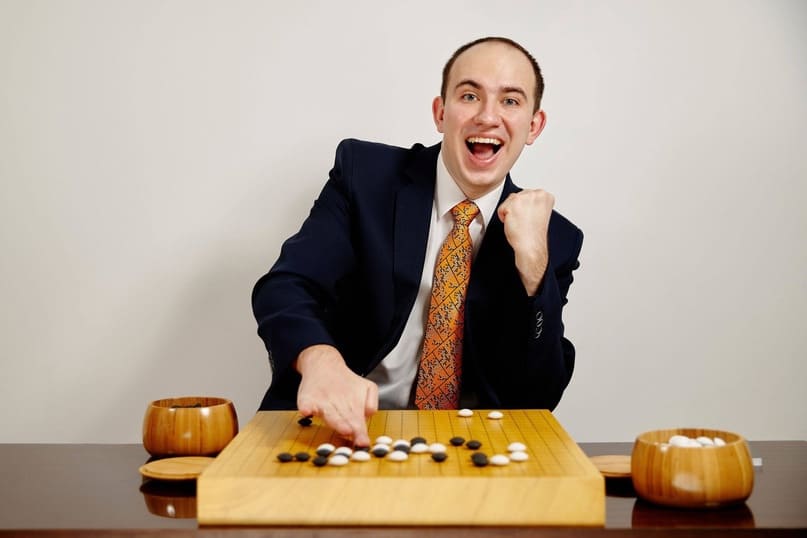

Introduction
Mateusz Surma 3p is one of Europe’s most accomplished professional Go players. Having dedicated most of his life to Go, Mateusz has built a remarkable career marked by international training and relentless pursuit of excellence. Recently, he undertook an extensive journey across Asia, visiting numerous countries and exploring local Go schools and communities. We sat down with Mateusz to hear firsthand about his unique experiences and the valuable insights he gathered along the way.
(Interview lightly edited for clarity and readability.)
Hi Mateusz, it’s been a while since we saw each other. As I understand, you’ve just returned from a rather exciting journey across Asia. But let’s pretend for a moment I don’t know anything about you. Could you briefly introduce yourself and tell us how your journey led you to become a European Go professional?
Sure. I’ve been playing Go for a very long time. My father taught me when I was about six and a half, so essentially, I’ve been playing Go for most of my life. When I was thirteen years and ten months old, I moved to Korea. At that time, I was already a 4-dan player, having studied Go at home until that point. In Korea, I began training seriously in several Go schools, though ultimately I didn’t manage to become a professional player there.
After returning to Europe, I went through school, entered university, and during my first year at university, a new professional qualification system appeared in Europe. I participated in that pro-qualification tournament, managed somehow to win it, and that’s how I became a professional Go player in Europe.
Fantastic. You’ve basically been playing Go your entire life—you’re very lucky to have started so early! Not many of us have that chance.
Yes, I had that opportunity, and I’m very grateful for it.
Becoming a European Go Pro: Mateusz Surma’s Early Path
You started playing Go very early in life. Can you tell us more about your first steps and how your father influenced your initial interest in the game?
My father was the one who introduced me to Go when I was about six and a half years old. It quickly became an important part of my life, and I’ve been playing ever since. So I really owe my initial interest and foundation in Go entirely to him.
At some point, you moved to Korea to further pursue your Go training. How did this major decision come about?
When I was thirteen years and ten months old, I moved to Korea to seriously focus on my Go training. At that time, I was already around 4-dan, but my training until then had been mostly at home. Going to Korea completely changed everything—there I attended specialized Go schools, learning in an environment fully dedicated to the game.
That must have been a very intense experience for a teenager. What was the Go training like in Korea?
It was definitely intense. I studied in three different Go schools while in Korea. Initially, I attended an international school where lessons were held in English. Unfortunately, that school eventually closed, and I transferred to a traditional Korean Go school where all lessons were in Korean. The training was rigorous and highly structured, pushing me to improve rapidly.
Challenges and Returning to Europe
Ultimately, you didn’t become a professional player in Korea. Was it disappointing for you at the time?
Of course, it was disappointing initially. Even though I trained extensively, I didn’t manage to qualify as a professional there. It was tough, but looking back, it was also an important learning experience.
How did your Go journey continue after returning to Europe?
I came back to Europe, completed my regular schooling, and entered university. Coincidentally, during my first year at university, the European Go Federation introduced a professional qualification tournament. Naturally, I decided to participate.
And you became a professional right then and there?
Yes, somehow I managed to win the tournament and earned my professional status. It was unexpected, but obviously, I was extremely happy. Becoming one of Europe’s first professional Go players was definitely a highlight in my Go career.
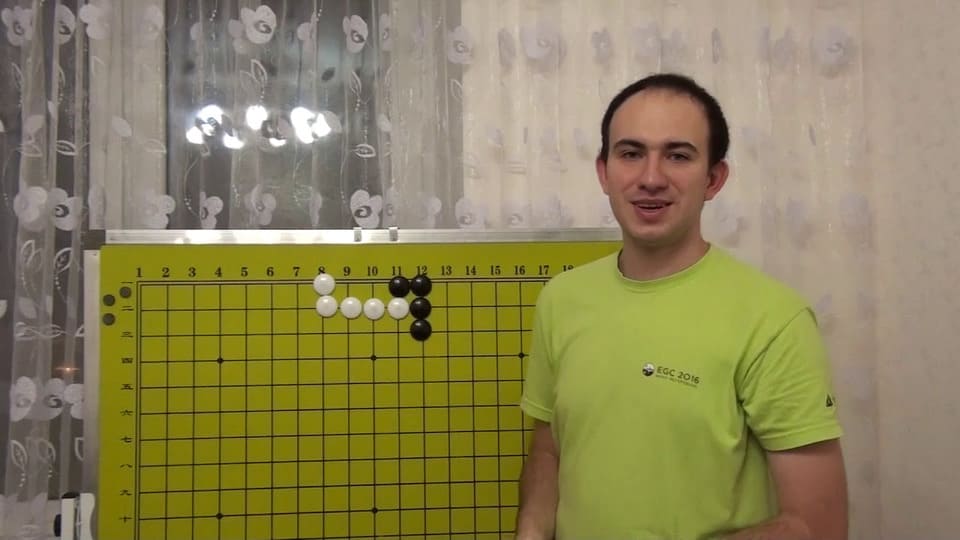
The Big Asia Trip
One of the main reasons you mentioned for your extensive trip through Asia was to gather new ideas for your Go projects. Could you elaborate on this?
Yes, absolutely. As a Go player, I naturally tend to look for strategies in real life as well. Asia, being the birthplace of Go, naturally has the richest knowledge base and traditions associated with the game. I wanted to explore local communities and schools to gather fresh perspectives and ideas that I could later apply to my own projects in Europe.
Another surprising reason for your trip was related to your daughter. Could you explain why it was important to find young Go players for her?
In Europe, the Go community is primarily composed of adults, and it’s challenging to find kids who play the game. For my daughter, who was four and a half years old at that time (she’s five now), I wanted her to see other kids playing Go—not just adults. In Asia, the situation is reversed; there are far more young Go players. I thought that by letting her play with peers, she would become more encouraged and enthusiastic about the game.
Family Matters and Practical Decisions
There were also some personal reasons behind choosing Asia for your trip. Could you share a bit more about those family considerations?
Certainly. Another significant factor was my wife’s situation. For two years, she was unable to leave Poland due to residency paperwork. The moment she finally received her permanent residency, we immediately started planning this trip.
We traveled as a family of five: myself, my wife, our two children, and my wife’s mother, who came along to help us manage everything. Since we have different passports—I have a Polish passport and my wife has a Russian one—we had to select countries where none of us would need visas. Unfortunately, this meant we couldn’t easily visit traditional Go powerhouses like China, Korea, or Japan due to the extensive paperwork required. Instead, we chose visa-free destinations—Malaysia, Thailand, Vietnam, and Hong Kong.
Exploring Go Tournaments and Academies in Asia
You mentioned that your trip coincided with certain Go tournaments. Could you share more details about these events and your experiences in local Go academies?
Our itinerary started around Go tournaments. The first tournament was the Silver Tournament in Malaysia, followed by a significant event in Pattaya, Thailand. Unfortunately, these were the only tournaments that aligned with our schedule, despite my hopes for additional events.
In Malaysia, we discovered the N-World Go Academy located about 30 kilometers outside Kuala Lumpur, in an area called Puchong. We stayed nearby for roughly two weeks. While there, I taught daily (except during tournament days), and my daughter attended Go lessons every day as well. Later, we continued to explore similar academies and schools in Thailand and Hong Kong, looking closely at how Go education operates in each region.
Surprising Discoveries in Asia
During your trip, you visited several Go schools and academies across Asia. Could you share your impressions about how these schools operate compared to Europe?
The academies in Asia, especially in Malaysia and Thailand, work very differently compared to Europe. One striking difference is the sheer number of children involved. At the N-World Go Academy near Kuala Lumpur, for example, there were literally hundreds of kids learning and playing Go. That was impressive and a bit overwhelming at first, since we don’t see anything like that in Europe.
These schools actively approach local communities, especially targeting Chinese-language schools, to convince parents to enroll their children in Go lessons. It’s a proactive strategy that seems to work really well.
Why So Many Kids in Malaysia?
It sounds surprising that Malaysia has such a vibrant community of young Go players. Did you figure out why Go is particularly popular among kids there?
Yes, it was quite surprising indeed. Malaysia has a very diverse linguistic and cultural landscape, with substantial Malay, Chinese, and Indian communities. Many of these academies specifically approach schools tied to the Chinese community, as Go naturally resonates culturally within that community.
The interesting part is that even though there are multiple official languages—Malay, Chinese, and various Indian languages—everyone speaks English fluently. This language accessibility helps greatly in organizing and running these Go programs. It means academies can easily communicate their goals and attract more families interested in educational activities.
Language and Culture: Chinese Schools and Go
So, you found that language and cultural ties play a significant role in the popularity of Go?
Absolutely. The Chinese community in Malaysia is quite large, and for many people in this community, Chinese is their first language. These cultural connections mean that introducing a game like Go, which has deep roots in Chinese culture, becomes a natural fit. The academies leverage these cultural ties by directly engaging parents and officials at Chinese-language schools.
Interestingly, even though these cultural connections are crucial, the widespread use of English as a common language was incredibly helpful. It meant that wherever we went, communication was smooth and clear, which was a pleasant surprise.
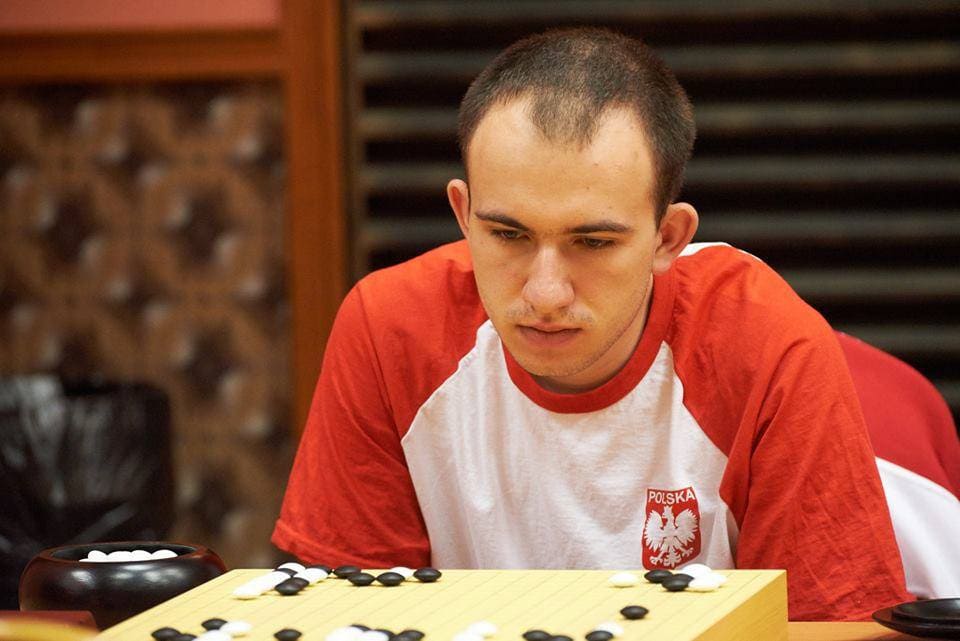
Europe vs. Asia: Different Approaches to Go
Based on your recent experiences in Asia, how would you describe the main differences between Asian and European approaches to organizing Go activities?
The main difference I noticed is financial. In Europe, Go is typically organized through non-profit systems—clubs, events, and even teaching are often done by volunteers and enthusiasts without payment. This approach, while noble, contrasts sharply with Asia’s more market-oriented system, where nearly everything connected to Go involves some form of payment, even if small.
In Asia, the Go world operates in a more commercial environment. Teachers, tournament organizers, and even participants expect to either receive or pay fees. It creates a self-sustaining economy around the game that you rarely see in Europe.
Learning from Asia: Why Commercialization Matters
Do you think there’s something Europe could learn from this more commercial approach in Asia?
Definitely. I think we in Europe could greatly benefit from adopting some of these commercial strategies. For example, making most—or at least many—Go schools commercial, even if just requiring a small fee for participation, could significantly improve the overall quality of Go teaching and resources available.
Right now, there’s a common mentality in Europe that Go should be completely free, which sometimes leads people to undervalue it. In Asia, because people pay for lessons and events, they naturally tend to appreciate and value the game more highly.
Go Academies in Shopping Malls: A Model for Europe?
You mentioned that in some Asian countries, Go schools are located in shopping malls. How does that system work, and could it be beneficial to adopt something similar in Europe?
In Bangkok, for instance, many Go academies are located directly inside shopping malls, within dedicated educational zones. This approach is entirely unfamiliar in Europe. Parents can conveniently enroll their kids in lessons while shopping, paying around 20-25 euros per lesson—an accepted practice.
This method significantly increases visibility and accessibility. Having Go schools in such high-traffic areas naturally attracts more participants, promoting awareness and popularity. It’s certainly something European organizers could consider to grow the game more effectively.
European Go Congress: Community and More
From your perspective, having attended multiple European Go Congresses, what’s the most underrated aspect of this event?
I’d say it’s definitely the sense of community. It’s an amazing feeling—you rarely get a chance to meet so many Go players in one place. Think about it: wherever you go during the Congress, you find people immersed in Go. You’re having lunch somewhere nearby, and you see players discussing a recent game. You walk past a café, and there’s a Go board on the table. Even on public transport, players are solving Go problems. This experience is unique and something people don’t usually mention as often as they should.
So, you’d say the Congress plays an important role in strengthening the European Go community?
Absolutely. I believe the European Go Congress is essential for keeping players engaged long-term. While the event might not attract large numbers of entirely new players, it significantly motivates existing ones. It provides a sense of belonging and inspiration, helping players stay passionate about Go and keep improving.
Given your recent experiences in Asia, is there something specific you think the European Go Congress could improve upon?
I think one area for improvement is securing more sponsors. In Asia, tournaments and events typically have strong commercial backing, with many companies eager to sponsor Go activities. This approach not only adds financial stability but also greatly boosts the visibility of the game.
In Europe, this commercial aspect is still underdeveloped. If the European Go Congress could attract more sponsorship and adopt a more market-oriented mindset, similar to Asian events, it could greatly enhance both the event’s quality and its broader appeal.
The Future of Go in Europe
Looking ahead, what do you hope to see in European Go in five years?
Optimistically speaking, I’d really like to see increased media attention towards Go in Europe, especially involving companies from Asia—major brands such as Huawei, Samsung, LG, AliExpress, and others. If we can connect European Go events and players more directly with influential Asian sponsors, it could significantly boost the game’s visibility and popularity.
Why do you think attracting Asian sponsors and media attention is particularly important?
Simply put, Asia is where the heart of Go beats strongest. Many of the largest companies from Go-playing countries have both the resources and the cultural affinity to promote the game internationally. Bringing these sponsors into European events would create more financial stability, allow for higher-quality events, and draw greater public attention to Go.
You also mentioned concerns about developing a new generation of strong Go players in Europe. Can you elaborate more on this?
This is probably the biggest challenge we face in Europe right now. While we do have talented young players, we don’t yet have young players reaching very high ranks like 7- or 8-dan by the age of twelve or thirteen, as you sometimes see in Asia. Without a strong pipeline of young, developing talent, Europe risks stagnating.
I believe it’s crucial to focus efforts on youth training, not just supporting adults or existing professionals. This includes creating better training programs, increasing the number of professional opportunities, and fostering a competitive environment similar to what’s available in Asia. Only then can we hope to significantly raise the overall playing level and reputation of European Go internationally.
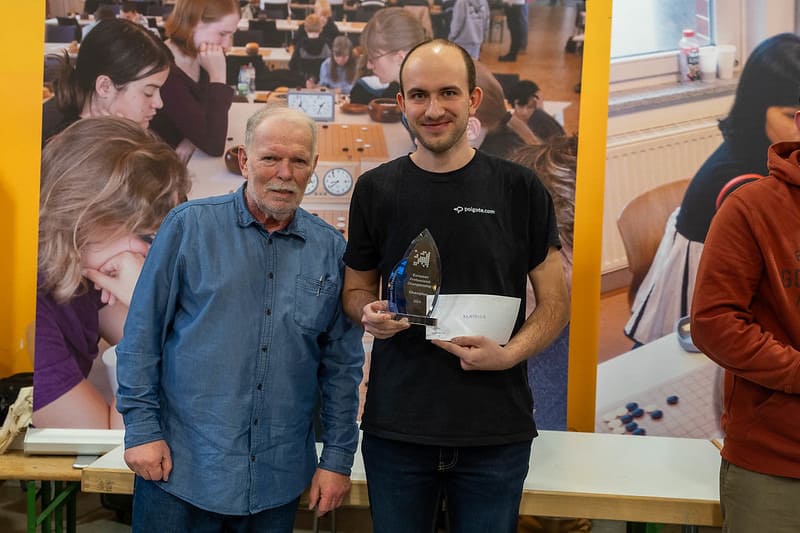
Photo Source: https://www.facebook.com/photo/?fbid=955857749876503&set=pcb.955861339876144
Personal Insights and Go Wisdom
You’ve had a long and intense journey as a Go player. Was there any particular moment that changed the way you saw the game or your place in it?
Yes, absolutely. I still remember one specific moment from my time in Korea, during my second Go school. It was a school for Korean students, and all the lessons were in Korean. One day, I was solving problems during a study session, and I felt I was doing okay—I was already 5-dan in Europe at the time.
But then one of the professional teachers looked at what I was working on and quietly said, ‘Don’t solve this.’ Instead, he handed me a beginner problem book. That really hit me hard. I remember crying—I was 14 at the time, and it felt like a reality check. I thought I was strong, but in that environment, I was still a beginner.
That must’ve been difficult, but also motivating in some way.
It was. After the initial shock and disappointment, I started working even harder—solving more problems, reviewing more games. It helped me realize that growth in Go requires humility and persistence. Even now, I still feel weak when I compare myself to top players in Asia—but that mindset also keeps me improving.
What’s the most important habit you’ve developed as a professional?
Without a doubt, reviewing games. Whether I win or lose, I always try to review my games immediately afterward. I think reviewing is the most critical part of learning from a game. It helps identify mistakes while they’re still fresh in your mind, and it’s the best way to convert experience into actual improvement.
It doesn’t really matter whether you review alone or with someone else—what matters is doing it. For me, a game isn’t truly over until I’ve done the review.
After an intense tournament game, how do you relax and recharge?
Once I’ve reviewed the game and closed that mental chapter, I try to do something completely unrelated to Go. If my family is with me, I like to call or spend time with them. If I’m traveling alone, I often go for a long walk—somewhere quiet, preferably surrounded by nature.
I don’t really do much in terms of sports, but I can walk a lot. On some tournament trips, I’ve walked up to 40 kilometers in a day. That kind of slow, steady movement through green spaces really helps me decompress. I remember once in Sweden, during the Grand Prix Final in Leksand, I tracked over 34,000 steps a day. It just helps me reset.
We didn’t plan for any grand conclusions, but maybe that’s the point—Go, like life, rarely wraps up neatly. Talking to Mateusz, it became clear that progress doesn’t always come from perfect plans or flawless games. Sometimes it’s just about staying curious, being honest about where you are, and having the courage to keep going—even if the path leads far from home.
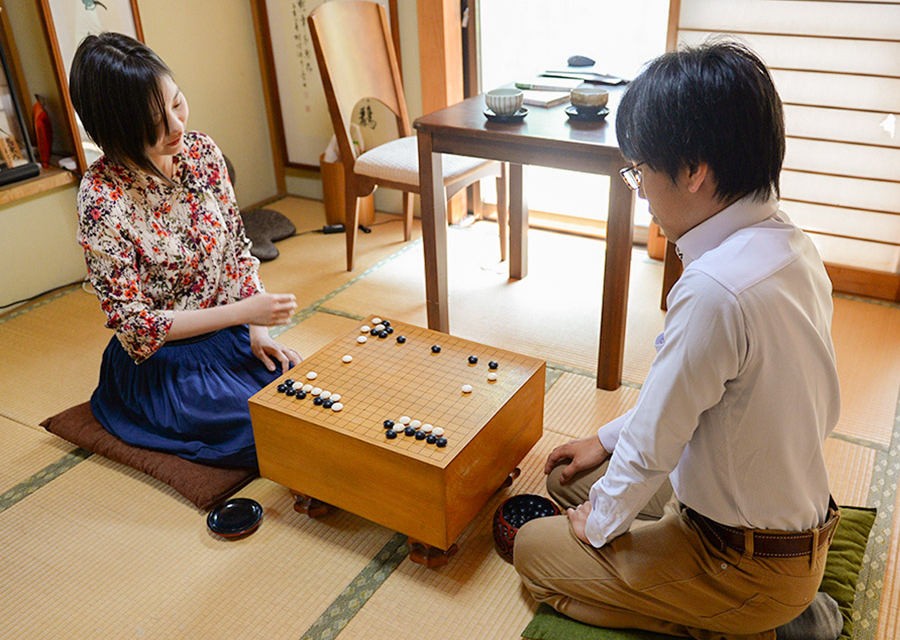
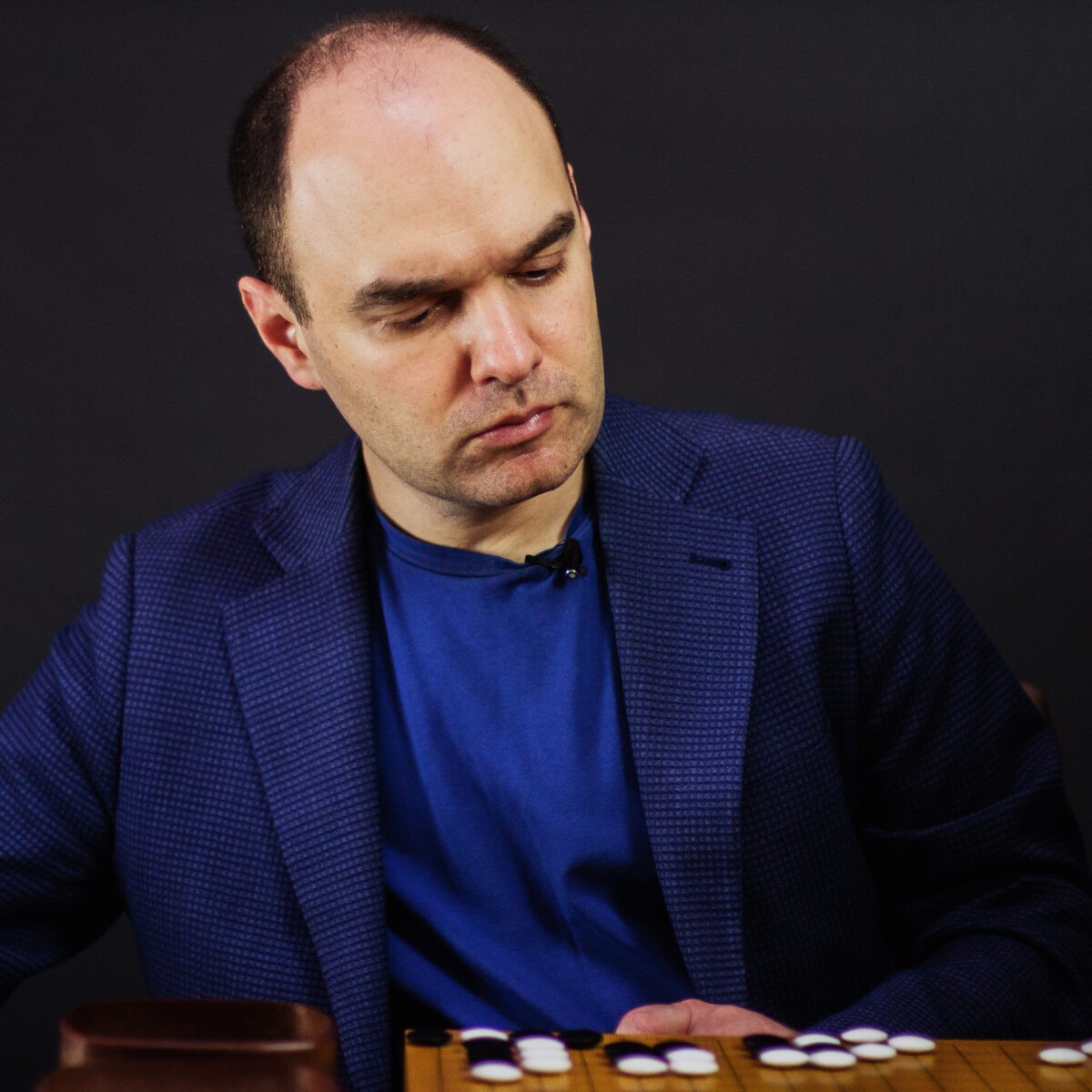
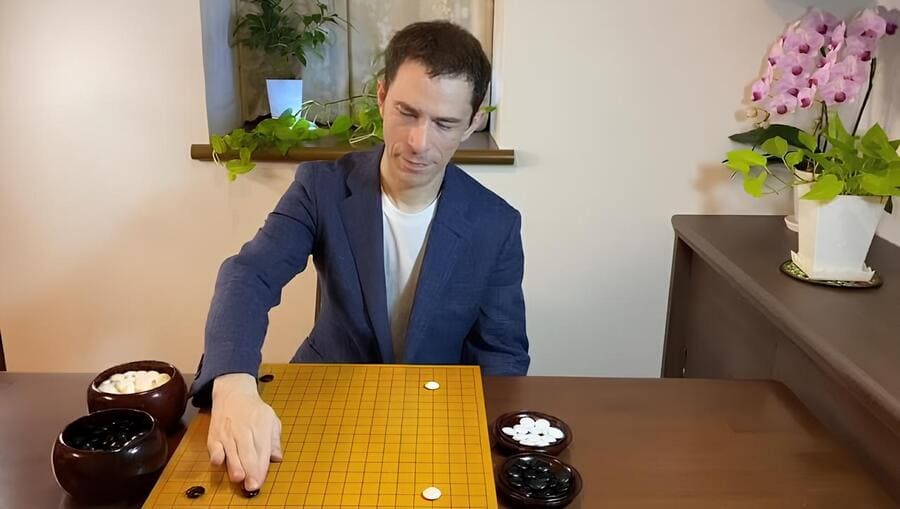
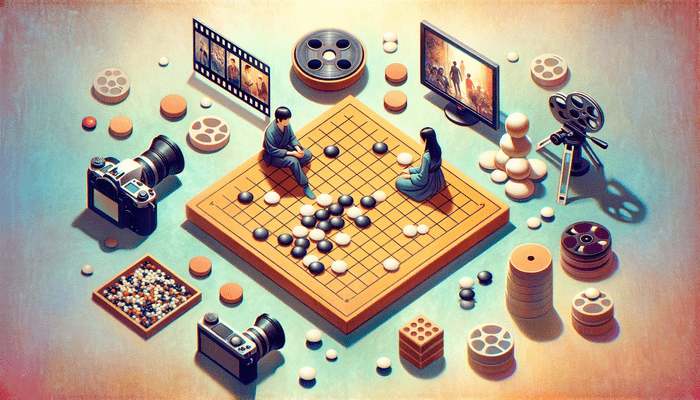
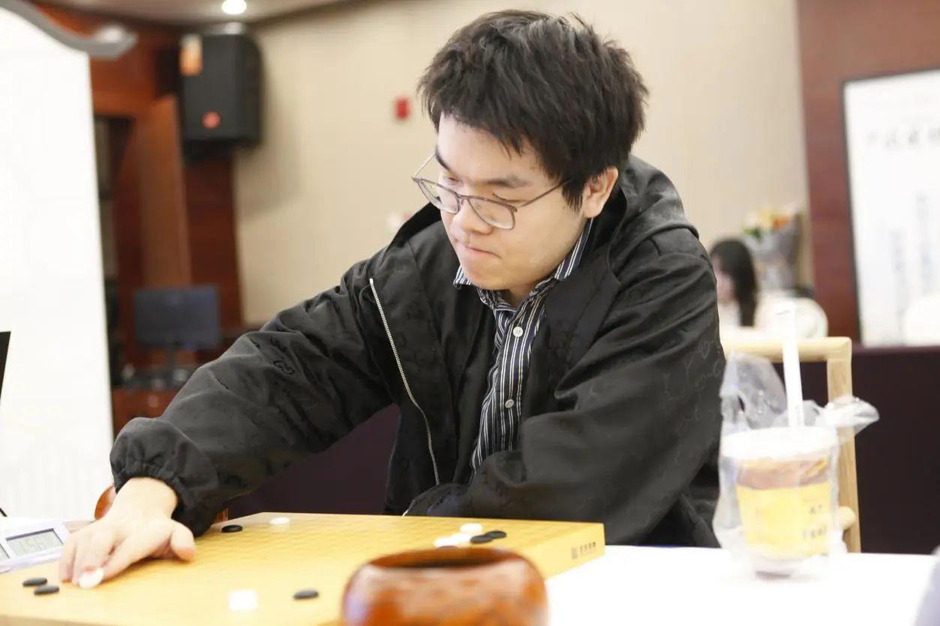
Оставить комментарий